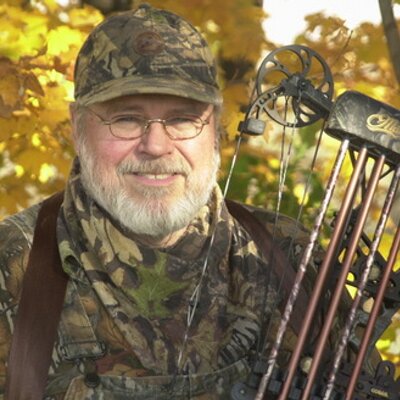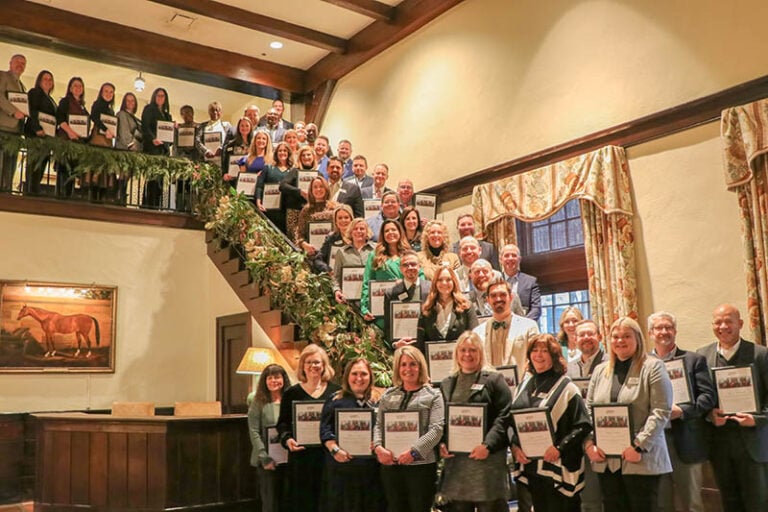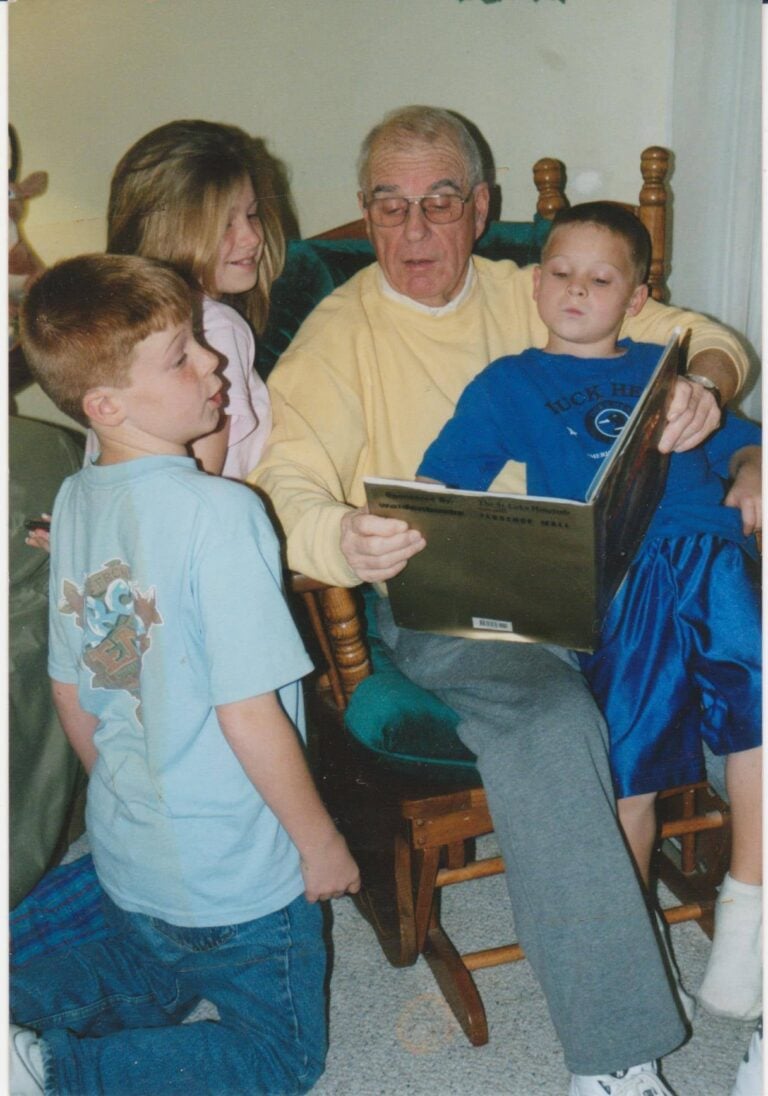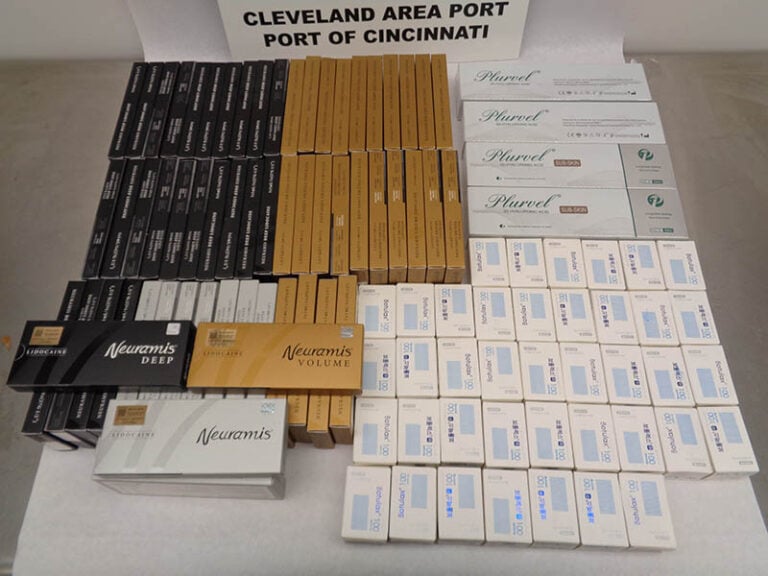Plant a tree.
Not just any tree, but one that produces quality mast, such as the White Oak (Quercus alba).
The Kentucky Division of Forestry and the University of Kentucky started a new initiative to establish small white oak seed orchards across Kentucky, on both private and public lands. The primary goal of the Independent Seed Orchard Program is to eventually return seeds produced by these trees to the Division of Forestry’s seedling nurseries.
The Kentucky Department of Fish and Wildlife Resources (KDFWR) Headquarters in Frankfort is one of about a dozen locations participating in the project’s inaugural year.

The Division of Forestry supplied KDFWR with 100 white oak seedlings that were planted across from the Administration Building in the field next to the archery range. Additionally, a white oak orchard was also planted at KDFWR’s Camp Webb in Carter County.
White Oak Facts
Trees in the White Oak family are long-lived, and native to eastern and central North America. White Oaks have been documented to live more than 300 years.
In a forest they can reach a magnificent height but in the open they often grow into a massive broad-topped tree with large branches striking out at wide angles.
There are four subspecies, including the Overcup Oak (Quercus z), which prefers lowlands along streams.
One heirloom Overcup Oak in central Kentucky is in Shelby County, along Clear Creek, near the site of Painted Stone Station, a pioneer settlement founded in 1776 by Squire Boone, brother of legendary frontiersman Daniel Boone.
It is likely the tree was part of a savanna during pre-settlement days.
Seedling Nurseries
The Kentucky Division of Forestry operates two seedling nurseries as a source of trees for planting on public and private lands. The nurseries are located at Gilbertsville in Marshall County near the Kentucky Dam, and at Grassy Creek in Morgan County, near the town of West Liberty. The nurseries sell both hardwoods and conifers.
Benefits of Planting Trees
Many benefits are derived from planting trees, including:

• Enhancing wildlife habitat by creating food and cover. White Oak acorns are relished by squirrels, white-tailed deer, black bears, wild turkeys and other wildlife.
• In urban areas, planting trees reduces energy consumption in buildings, reduces wind, dust and noise, provides privacy screens, shade, and beautifies the landscape in parks.
• Reclaiming surface mining sites.
• Developing a Christmas tree plantation as a small business.
About 1.25 million seedlings are grown each year at the Division of Forestry’s seedling nurseries.
It’s a one to two-year process, beginning with planting seeds and maintaining seedling beds throughout the growing season.
After one to two years of growth, the tree seedlings are dug from the seedling beds during the dormant season and packaged into bundles for sale.
Seedlings are available to Kentucky landowners at a reasonable price and are shipped to individuals from January through April.
Make plans now for your seed orchard by developing a site on your property, or working with a municipality to find a site to plant trees.
The Kentucky Division of Forestry estimates that more than 1 million acres of land in Kentucky could benefit from tree plantings.
Buying Seedling Trees

Orders for tree seedlings are taken September 1 through April. Seedlings ordered are shipped by UPS or can be picked up any of the five Kentucky Division of Forestry branch offices:
Campbellsville
Seth Dykes
120 Gaines Drive
Campbellsville, Ky. 42718
Phone: 270-465-5071
Frankfort
Strider Deaver
P.O. Box 516
Frankfort, Ky. 40602
Phone: 502-573-1085
Morehead
James MacDonald
255 Rodburn Hollow
Morehead, Ky. 40351
Phone: 606-783-8625
Madisonville
Stephen Hammond
P.O. Box 465
Madisonville, Ky. 42431
Phone: 270-824-7527
Pineville
Deanio Carmical
12008 US Hwy 25E
Pineville, Ky. 40977
Phone: 606-337-3939
For questions about seedlings, and how to pay for them e-mail KYSeedlingSales@ky.gov.





















